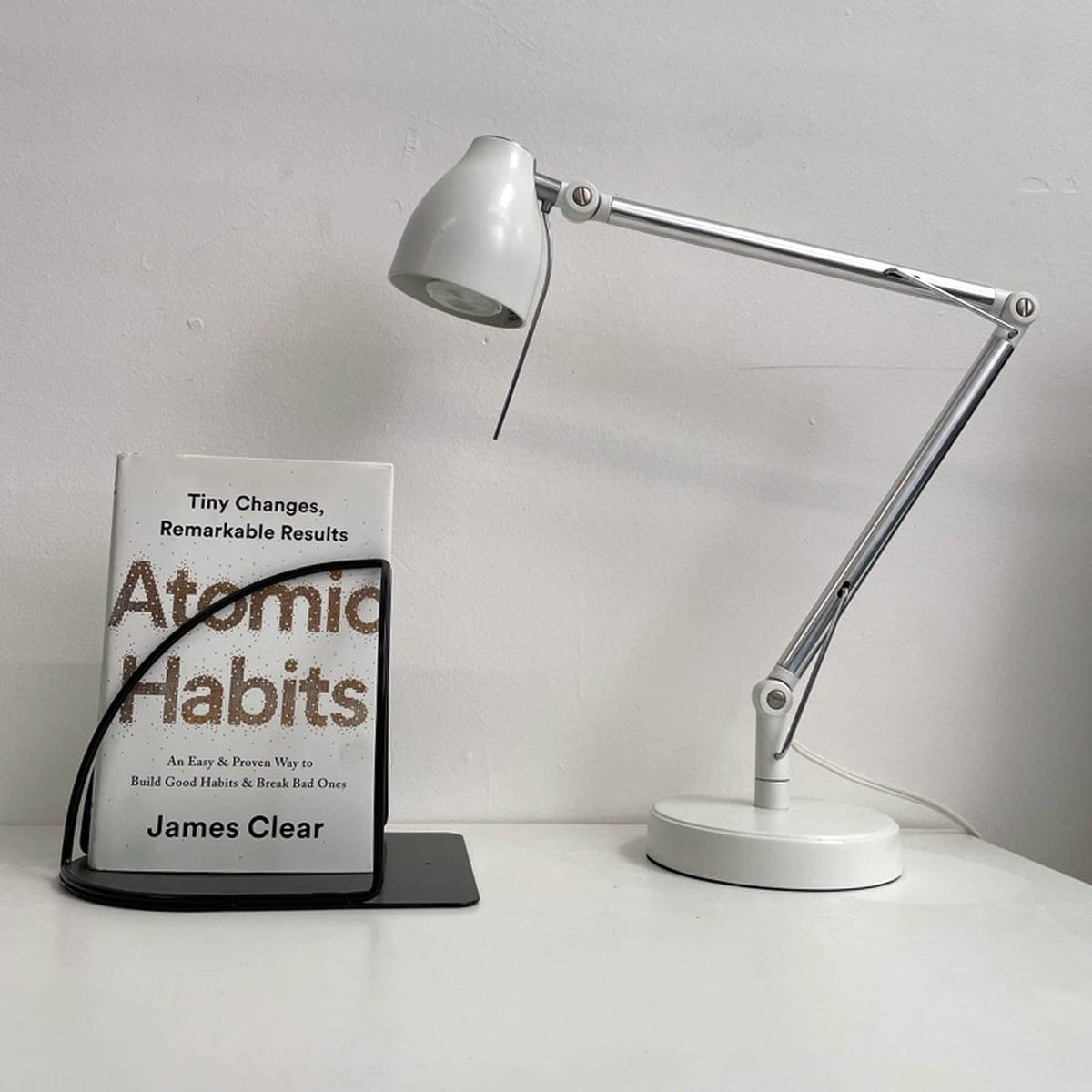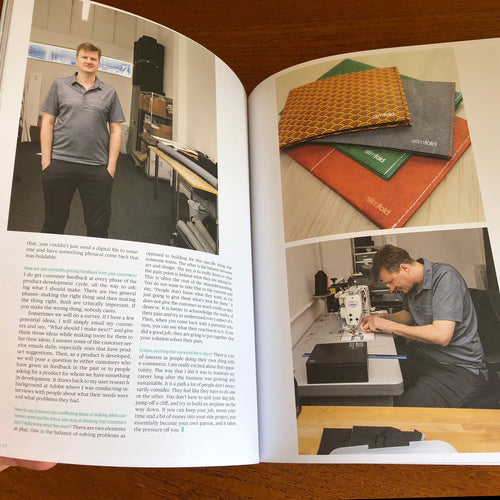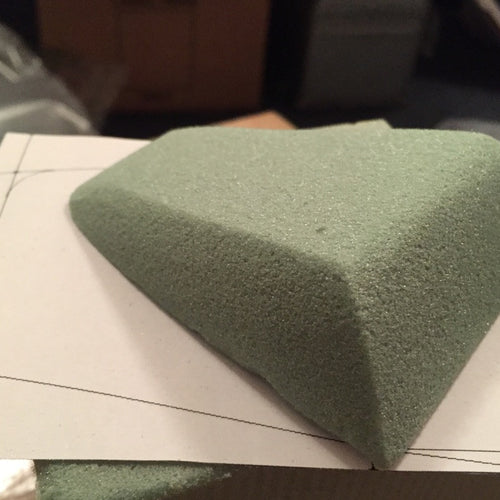This article isn’t meant to be a complete summary of the book, but rather a high-level outline with some useful takeaways sprinkled in. So it should be useful to help you decide whether to read the book for yourself. Or even if you’ve read it, this can serve as a bit of a refresher of some of its highlights.
Aggregation of marginal gains
One of the main concepts of the book is how big of an effect even small changes can have. We’ve all seen the graphs of how effective compounding interest can be on an investment account, but Clear makes the point that small marginal gains in a variety of areas are really the basis for eventual transformations. As he puts it, “Too often we convince ourselves that massive success requires massive action.” He says that the opposite is often true, provided we stick with the minimal improvement... especially if we continue to add additional small improvements on top of the initial ones.
Since time magnifies the margin between success and failure, he suggests that we ignore goals and focus on developing effective systems instead. Therefore, he spends a lot of time instructing the reader on how to meticulously create processes that shape actions. I love that he addresses head-on the issue of spontaneity. From the outside it may seem like these systems constrain creativity, but he argues that the two complement each other. “By making the fundamentals of life easier so that you can create the space needed for new challenges and creativity.” I’ve definitely found this to be the case and I love that he was able to describe this paradox that I’ve experienced as well. For example, when I began wearing practically the same thing every day (known as a Capsule Wardrobe) some may expect that it felt boring. But it was mentally liberating to eliminate a morning decision. I’ve since shifted into a modified version of this, partly because I don’t go into an office every day, but I still wear a similar set of clothes. And most are the same article of clothing, just purchased in 2-3 colors.
Breaking things down
After helping us understand that we should be attempting to change our systems instead of creating goals, he breaks down the mechanics of how to affect change. And that starts with understanding how any action, routine, or habit operates:
Steps for habits (habit loop)
- Cue
- Craving
- Response (obtaining)
- Reward
We unconsciously go through these steps quickly, even instantaneously. So the key is too begin to tease them apart and apply some principles to counteract them. Little by little… one by one. He illustrates his solution to this using the 4 laws of behavior change...
4 laws of behavior change
- Obvious- invisible
- Attractive- unattractive
- Easy- difficult
- Satisfying- unsatisfying
This one has to do with intentionally creating visual cues in our environment that encourage the activities we want to engage in. Want to draw more? put your pens, notebooks, and drawing tools out on your desk with this within easy reach. Better yet, keep them nicely organized and displayed along with all of the other materials you need- so you can’t resist diving in when you see the workspace all ready to go.
This is part of the reason I created Focus Timer. By having something physically on your desk, it serves as a reminder to focus on the deep work you’ve decided is more important, rather than being distracted by phones or other clutter.
Make it Attractive
We all know that tidying up makes us feel better, but Clear digs into this in more detail, and outlines how we can leverage our environment. Specifically, we often attribute our sense of motivation to our mood, as if it swells up from within our brain. But Clear suggests that motivation is overrated, and that environment matters more. I find the idea that visual cues can impact our behavior so much to be empowering because reconfiguring a room is such a concrete and attainable action to take. With this approach, you can be the architect of your environment (and life) rather than the victim of it.
Make it Easy (by making it automatic)
Clear’s third law of behavior change is that behaviors need repetition to stick. And the best way to ensure this consistency is by making doing the things you want to do as easy as possible. He illustrates this with a deep dive into Lean Manufacturing which follows the adage that “We can remove the sources of friction that hold us back.”
The approach is to analyze each step of a process, identify things that are bottlenecks, and make the process of doing what you want run as smoothly as possible.
Make it Satisfying
The key insight to understanding the purpose of this aspect of behavior change is to realize the mismatch between immediate and delayed feedback: "The human brain did not evolve in a delayed return environment.“
He turns to habit tracking as one way of providing some satisfaction. When I was first developing SlimFold as a side project, I committed to working on it an hour each morning and an hour each night. And his recommendation for maintaining momentum? Try to never miss a day so you build a continuous compilation of accomplishment. But if (when) you do miss a day, make a commitment beforehand that you’ll never miss twice.
Putting it all together
Read the book to go deep on how to apply each of these strategies but the basic idea is to use techniques at each stage of the action which introduce a little nudge.
But the key to starting a habit is to come up with a specific plan. As he puts it, "Many people think they lack motivation when what they really lack is clarity.”
So he suggests developing a plan using these laws of behavior change...
For example, if you want to jog in the morning, you could put your running clothes out the night before in a place you’ll see them (Obvious), and place your running shoes by the door, making the cue obvious instead of in the closet where they’re invisible. You could also try to make the experience a bit better (Attractive) by getting some nice headphones or running shoes. If you’re low on energy, even settle for a walk around the block (Easy) if you need to. Lastly, introduce something as a reward (Satisfying) like a fancy coffee or smoothie at the end.
As a way to support these activities, he suggests to use a Habit Scorecard. Again, making the invisible visible, but this time it’s a bit more on the reward side of things. This concept was first introduced to me when I read Ben Franklin’s autobiography where he described his Virtues Chart. I even created a modified version of this and should still be available for free download over at www.weeklytracker.com. That project wasn’t really ever fleshed out so if the site gives you issues, just contact me through here and I’ll send you a PDF to use.
Ultimately, I really like how he breaks things down into processes that can be easily applied. As he puts it:





